Reimagining High School Sport Coaching through a Social Justice Lens
Beyond sports: USask Athletics fostering Indigenous inclusion and empowerment

In 2018, the Saskatoon Residential School Survivor Circle supported the request of the Huskie Cross Country team’s desire to race in orange singlets in honour of Residential School Survivors and the thousands of children who never made it home. This tradition continues today and has evolved to include all visiting athletes choosing to wear orange…
Exercise is medicine: Sport contributes to Canadian student well-being and chances of academic success
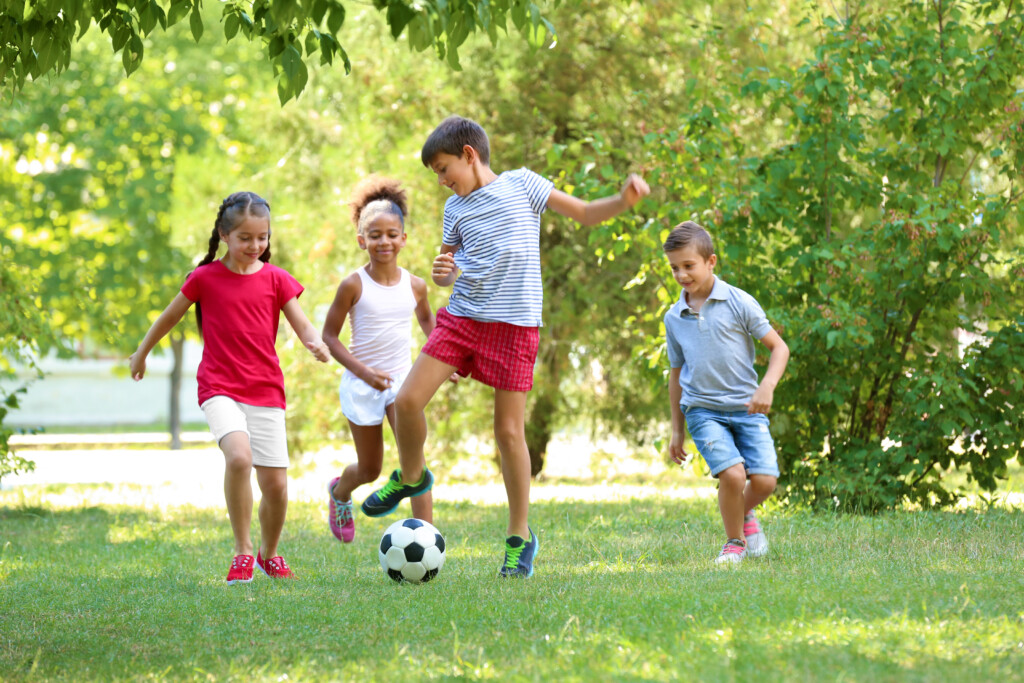
Only 8% of school age Canadian students meet the recommended daily goal of more than 60 minutes of moderate-to-vigorous physical activity. Youth mental health problems have doubled over the past 2 decades. As family life represents a primary vehicle for child growth and development, lifestyle movement habits are learned in early childhood. As such, one hopes…
Schools play a key role in supporting youth physical activity
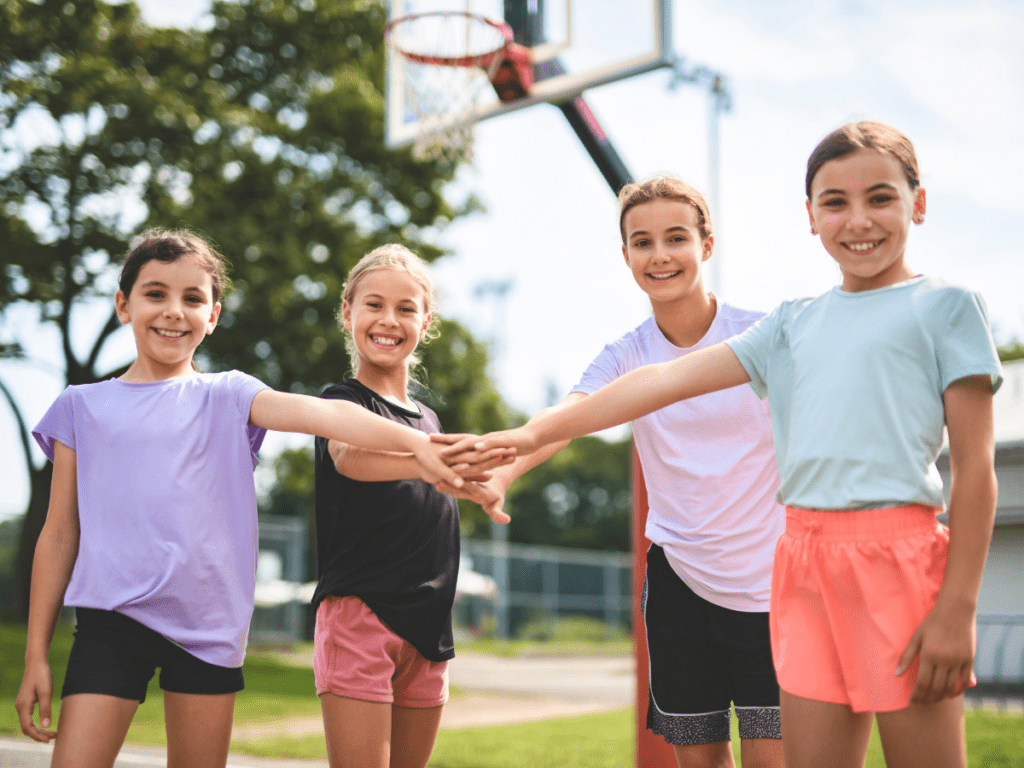
For over a decade now, Canadian children and youth have received an overall physical activity grade of ‘D’ or worse according to the ParticipACTION Report Card on Physical Activity (ParticipACTION, 2022). Only 28% of children and youth currently meet the Canadian Physical Activity guidelines of at least 60 minutes of moderate-to-vigorous physical activity per day…
Development and Evaluation of the Coaching for Life Skills Training Program for High School Coaches
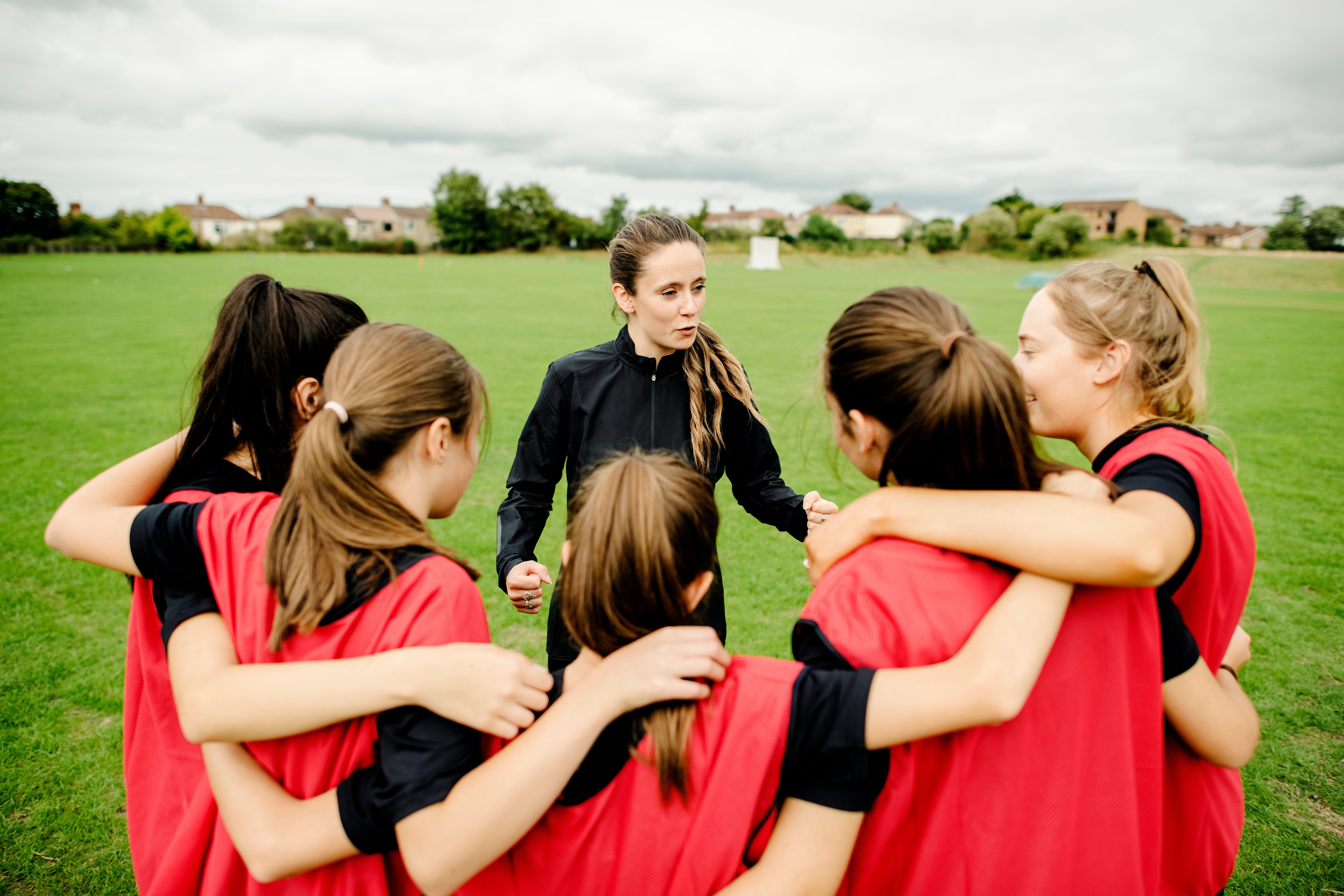
Project summary The research project occurred in two sequential phases. In the phase one study, the purpose was to develop the Coaching for Life Skills training program and evaluate its pilot implementation. This first study was qualitative in nature and explored what coaches believed they experienced during their participation in the training program. Findings demonstrated…
The impact of COVID-19 on the everyday lives and wellbeing of Atlantic University Sport hockey players

Project summary This exploratory study examined the impacts of the COVID-19 pandemic on the daily lives and wellbeing of Atlantic University Sport (AUS) ice hockey players around the cancellation of competition in the Fall of 2020 and beyond. It was primarily concerned with disruptions and modifications to sport participation, academic achievement, and personal experiences. It…
The prospective contribution of sport and active leisure to student academic and psycho-social success from kindergarten to high school
Introduction and context Only 8% of school age Canadian students meet the recommended daily goal of ≥ 60 minutes of moderate-to-vigorous physical activity. Youth mental health problems have doubled over the past two decades. As family life represents a primary vehicle for child growth and development, lifestyle movement habits are learned in early childhood. As such,…
Opportunities for mental health promotion in Canadian university sport

Highlights If you’re reading this article, chances are you’re passionate about Canadian university sport. And why wouldn’t you be? University sport provides students with opportunities to connect and enhance their confidence through building skills. It also gives students something to look forward to that they feel good about doing. All these things can help build…
Redefining legacy: How Brock University is maximizing impact from the Niagara 2022 Canada Summer Games
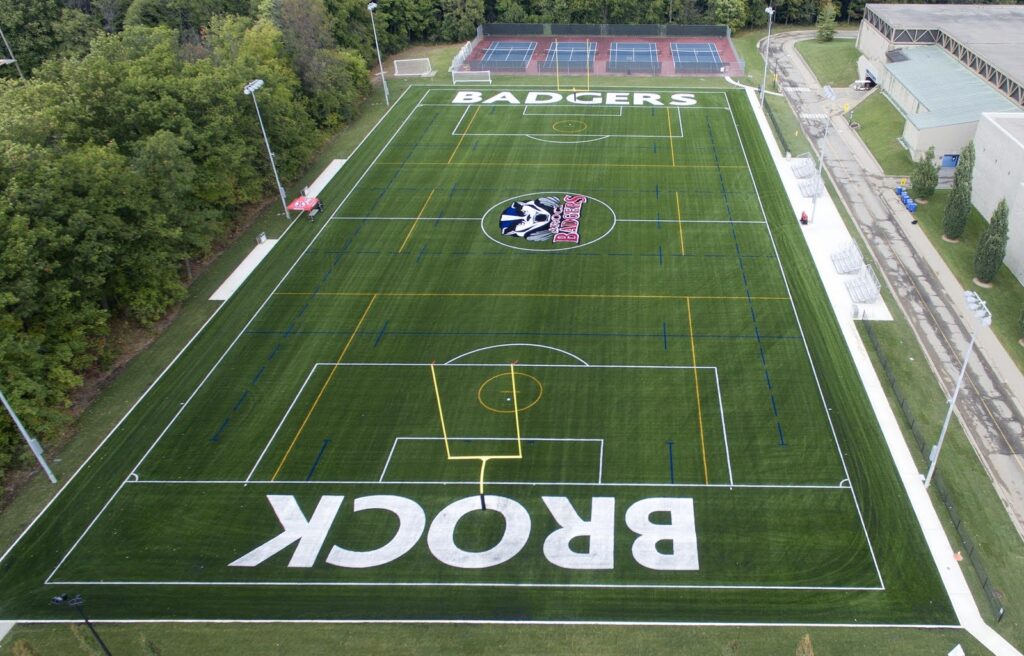
Highlights When we think of legacies from major games, often we think of new facilities, increased engagement in sport and physical activity, or heightened feelings of national pride. As a key partner in the Niagara 2022 Canada Summer Games, Brock University took an additional approach, leveraging the Games to invest in research, build curricular connections, and enhance community engagement. SIRC’s Sydney…
Trickle down effect? Exploring the influence of the Olympic Games on preschooler sport participation and development
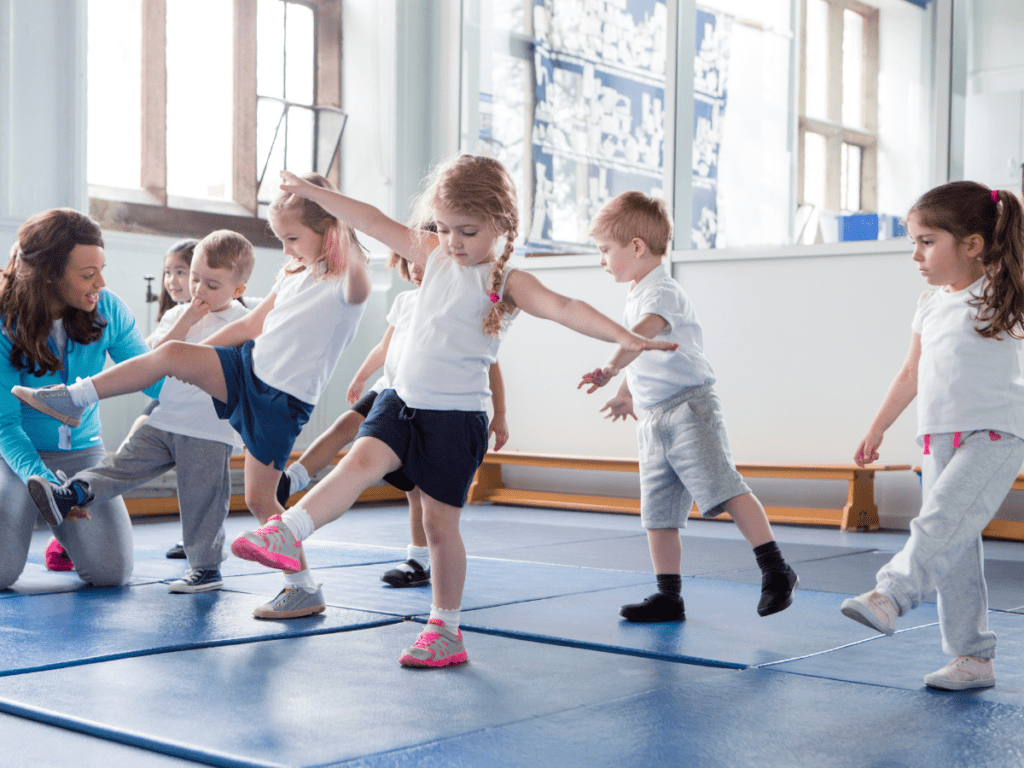
Background / Context / Objective The benefits of sport participation among youth are well recognized, yet little work has focused on understanding sport participation among very young children, despite growing participation at increasingly early ages. The first objective of this project was to explore sport participation and development among preschoolers. Findings suggest that while parents…